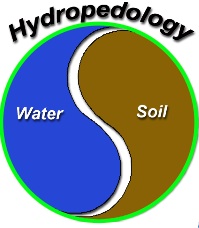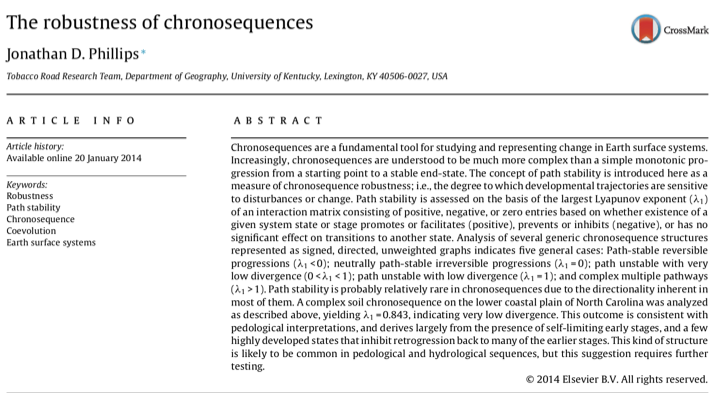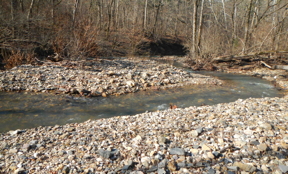
Subfields such as biogeomorphology, ecohydrology, geoecology, soil geomorphology are areas of overlap between disciplines and subdisciplines. They are governed by the paradigms of the overlapping fields, and fit more or less comfortably within, and at the boundaries of, those fields. They do not have an independent paradigm or conceptual framework (which in no way reduces their importance or vitality).
Landscape ecology, by contrast, has developed its own paradigm—pattern, process, scale—that is independent from mainstream ecology, biogeography, and geospatial analysis.
Does, or can, hydropedology have such an independent paradigm? Is its development best served by, say, the ecohydrology or soil geomorphology model as an overlap field dominated by existing paradigms of pedology and hydrology? Or is a landscape ecology, separate paradigm direction more appropriate?



